





What do you think? What would be your expectation?
— Sources: StatCounter (Germany OS share) · Sci‑Tech Today (platform spend, app counts) · DemandSage (upgrade loyalty) · Backlinko (global share, India context)
— Sources: StatCounter (Germany OS share) · Backlinko (global share) · Sci‑Tech Today (platform spend, app counts) · Sci‑Tech Today / DemandSage (retention) · DemandSage
Should your app look identical on Android and iOS?
The answer: No — and here's why it matters for your users and you.
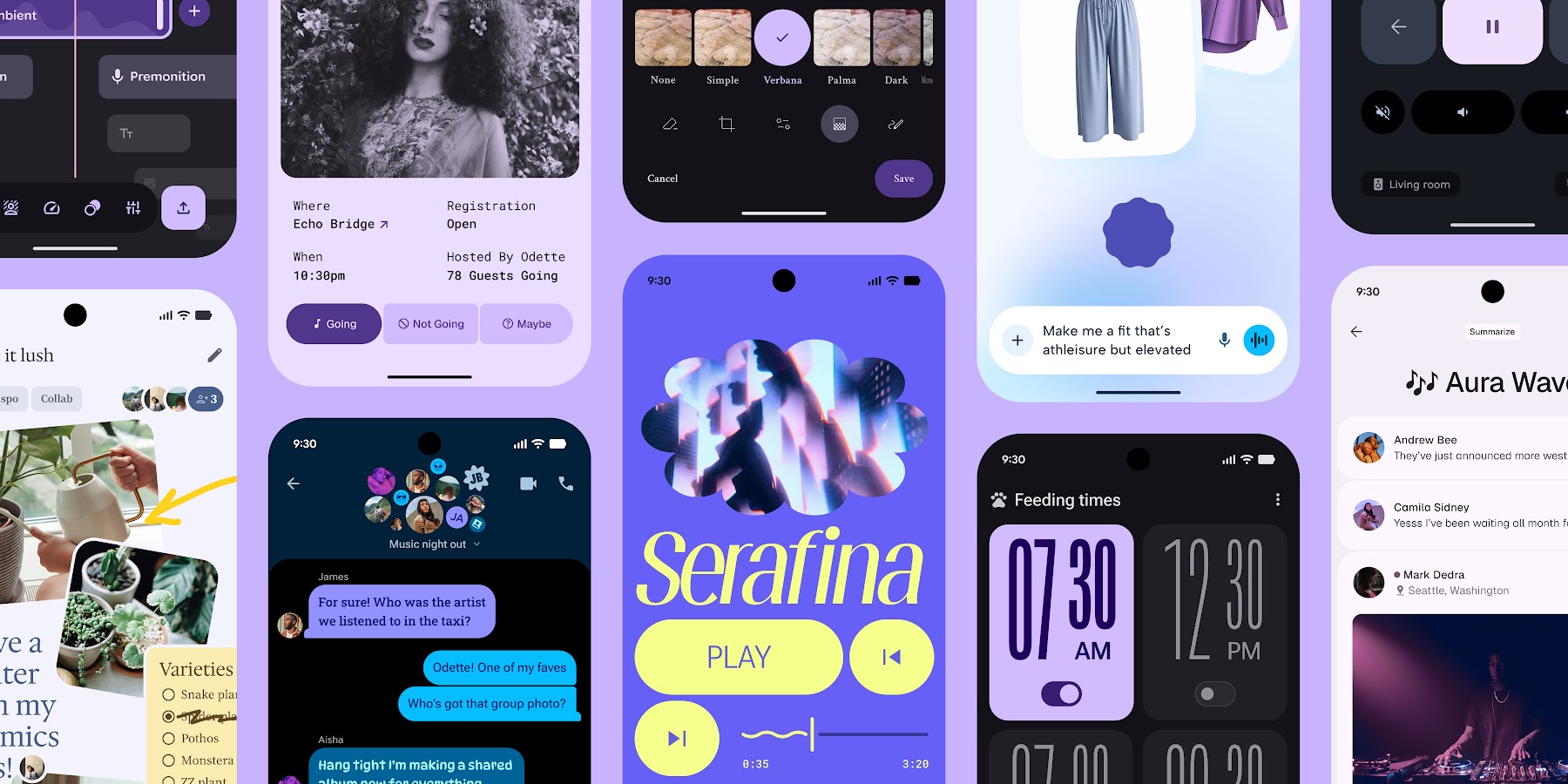
How Many Apps are using Material 3?
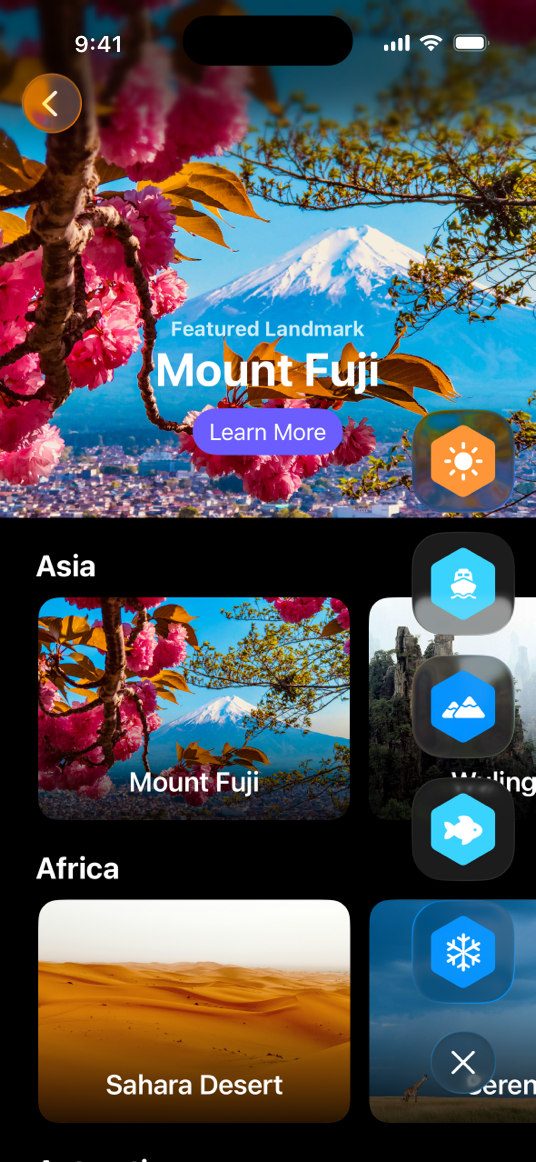
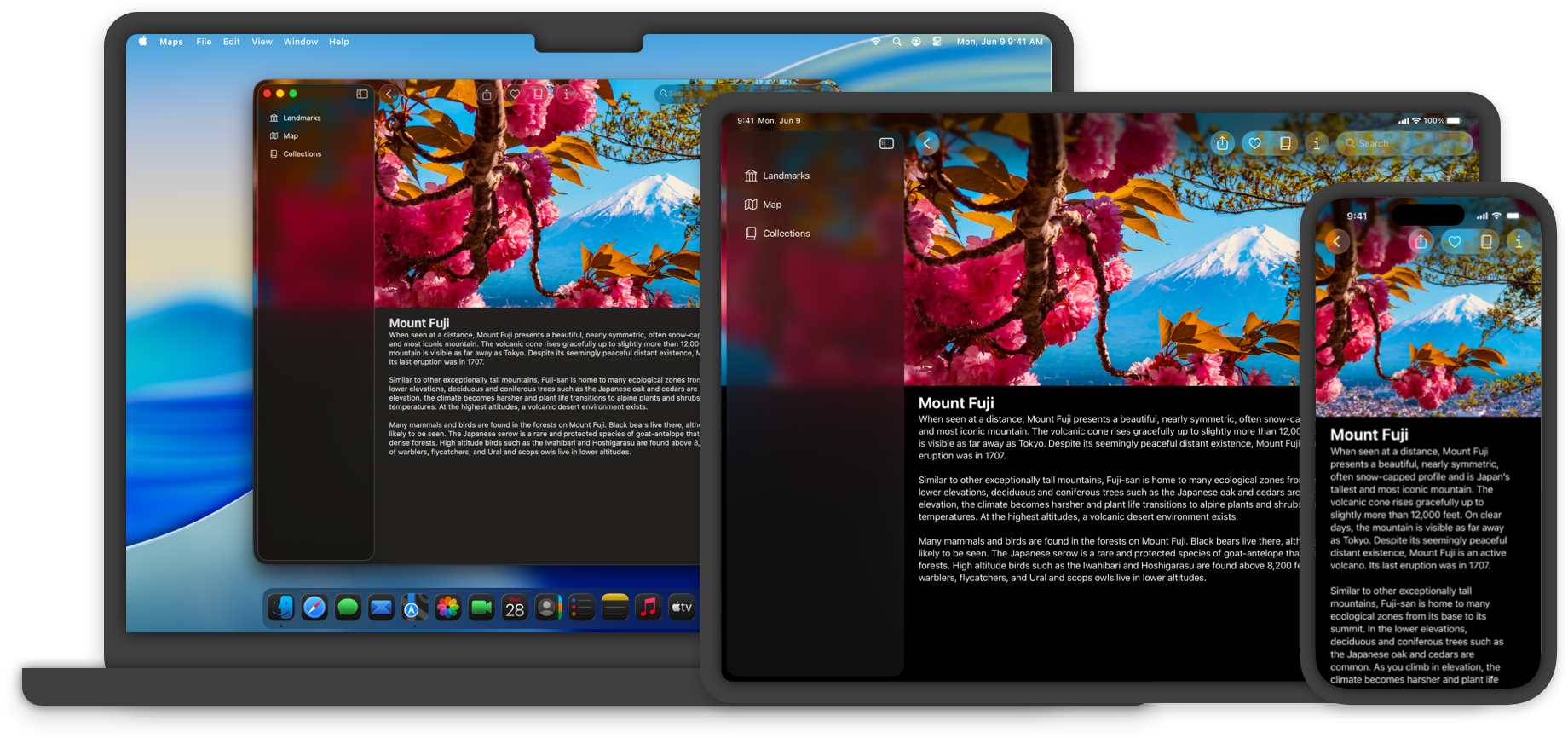
How many apps are using Liquid Glass?
Result: Higher engagement, better ratings, fewer support requests
Reality Check: Budget 30-50% more time and resources
Best of both worlds: Brand consistency + native experience
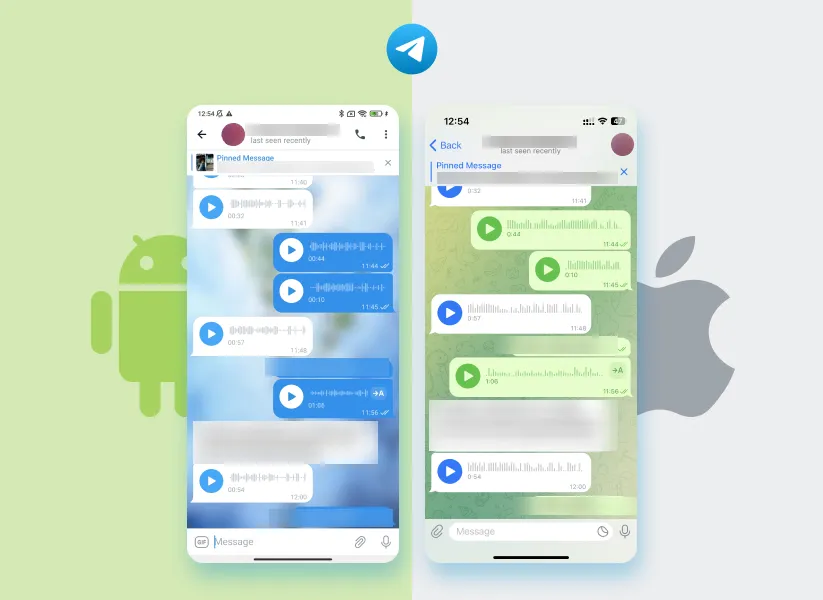
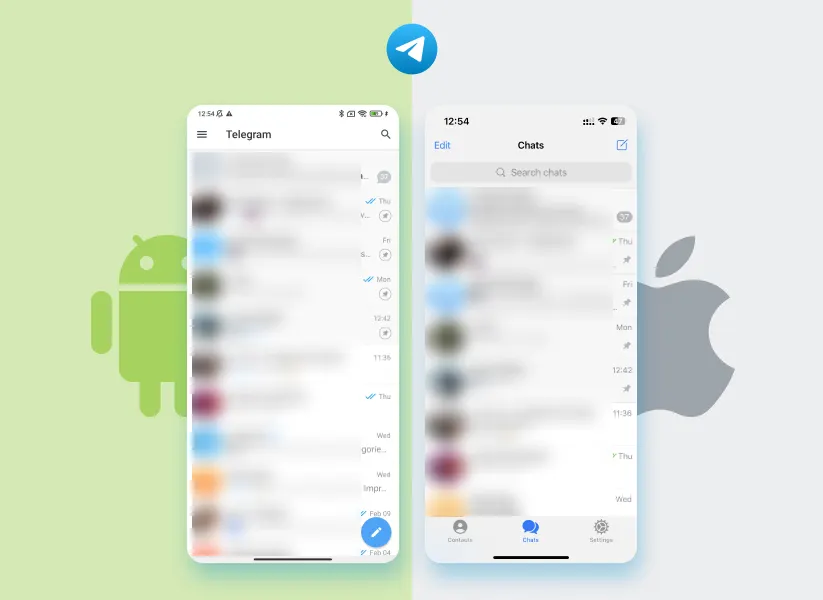
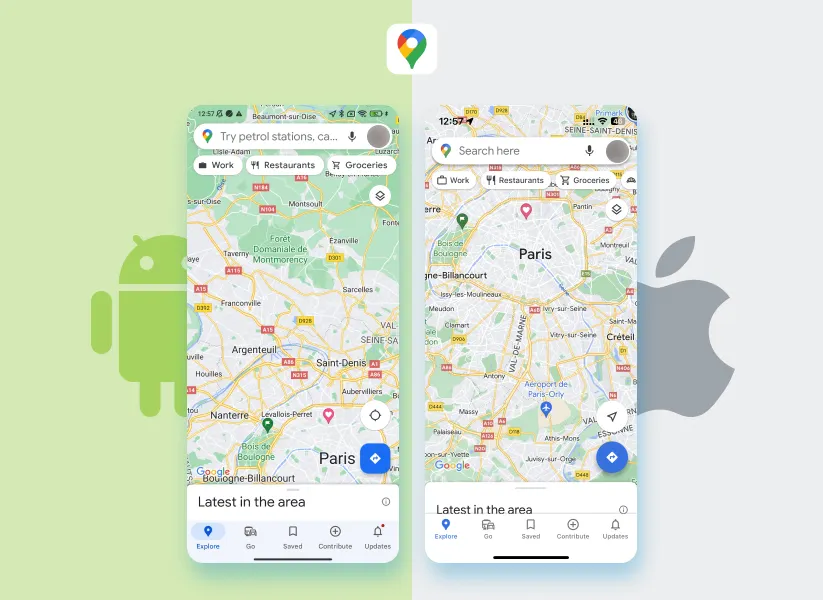
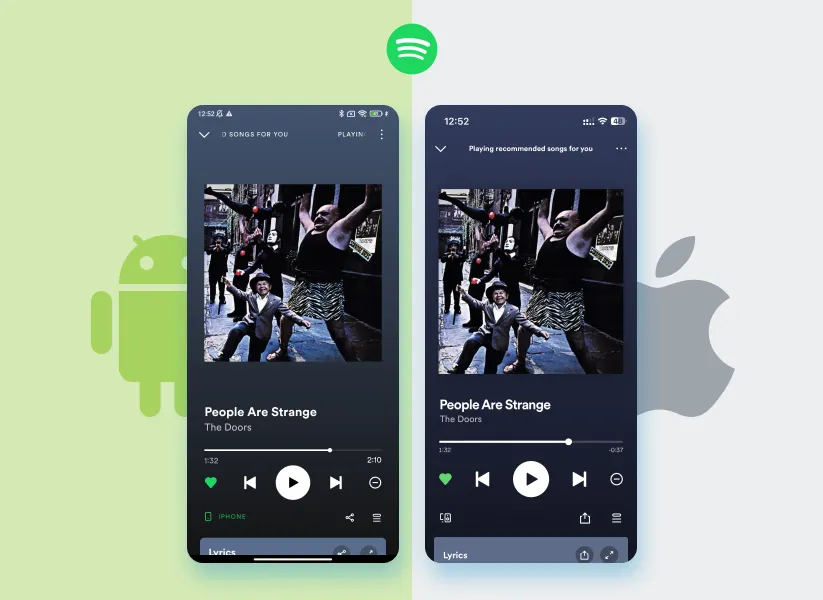
Respect platform conventions = Better UX = Business success
The investment in platform-specific design pays dividends in user satisfaction, retention, and competitive advantage.